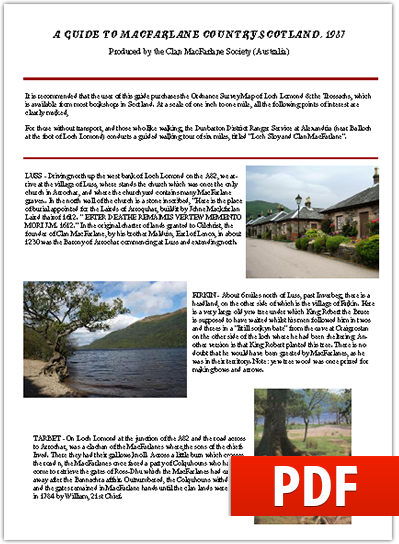SCOTS IN CANADA – A wee look at oor ain fowk in that other great Commonwealth country
The first real attempt to form a Scottish colony in Canada began in the early 17th century when Sir William Alexander (later Earl of Stirling) encouraged King James VI and I to authorise the setting up of a New Scotland (Nova Scotia) across the Atlantic. This was to become Scotland’s answer to the already flourishing New England in North America.
In 1621, Sir William obtained a grant of considerable territory, embracing what are now New Brunswick, Nova Scotia, and the Gaspe Peninsula. To further encourage settlement on the lands, a new Order of nobility was instituted, namely Baronets of Nova Scotia, a title which could be bought by anyone with sufficient funds.
To qualify, each applicant was obliged to pay 3,000 marks for the title, and further to equip and send six men to the new colony, presumably with their wives and children. In return, the baronet received 16,000 acres of land.
Between 1625 and 1707, some three hundred such titles had been bought, but the scheme failed to excite colonists. Moreover, fierce resistance from French settlers already established on much of the land confronted those who did take up the offer to emigrate. Thus, the idea was finally scrapped when King Charles I surrendered the territory to France in 1632. It was not until the late 19th century that large numbers of Scots began to settle in Nova Scotia and other parts of Canada.
Read the full article by Calum Curamach (originally published in MacFarlane’s Lantern No. 129, March 2014) by clicking on the link below.

